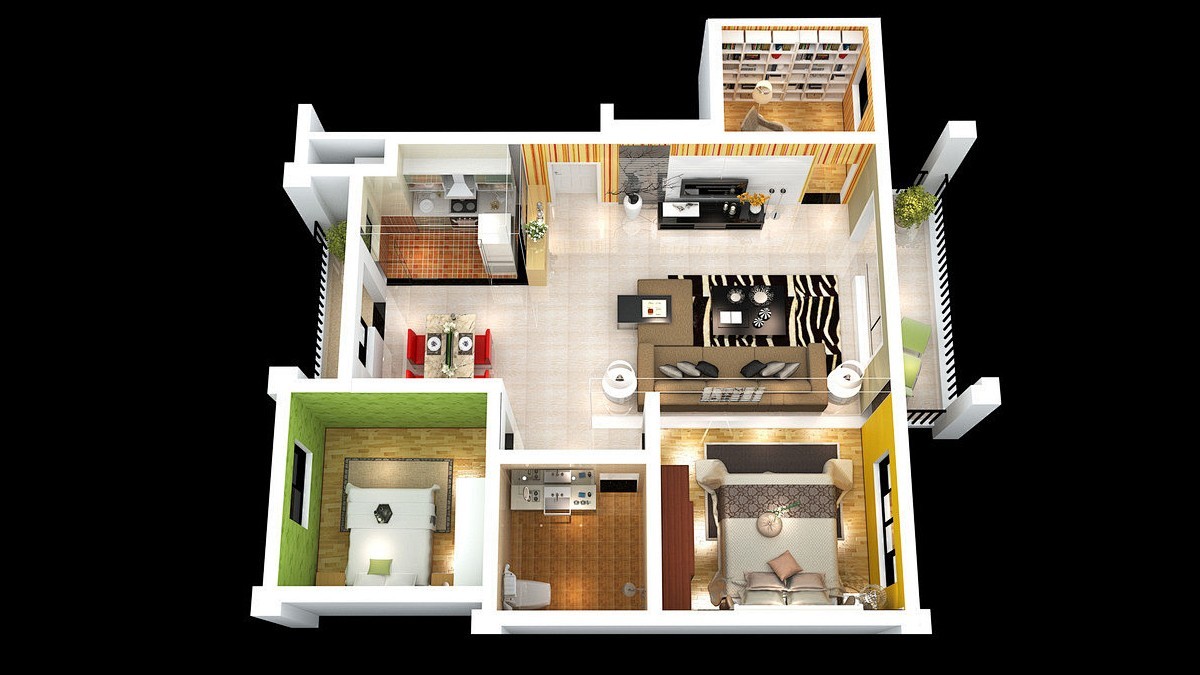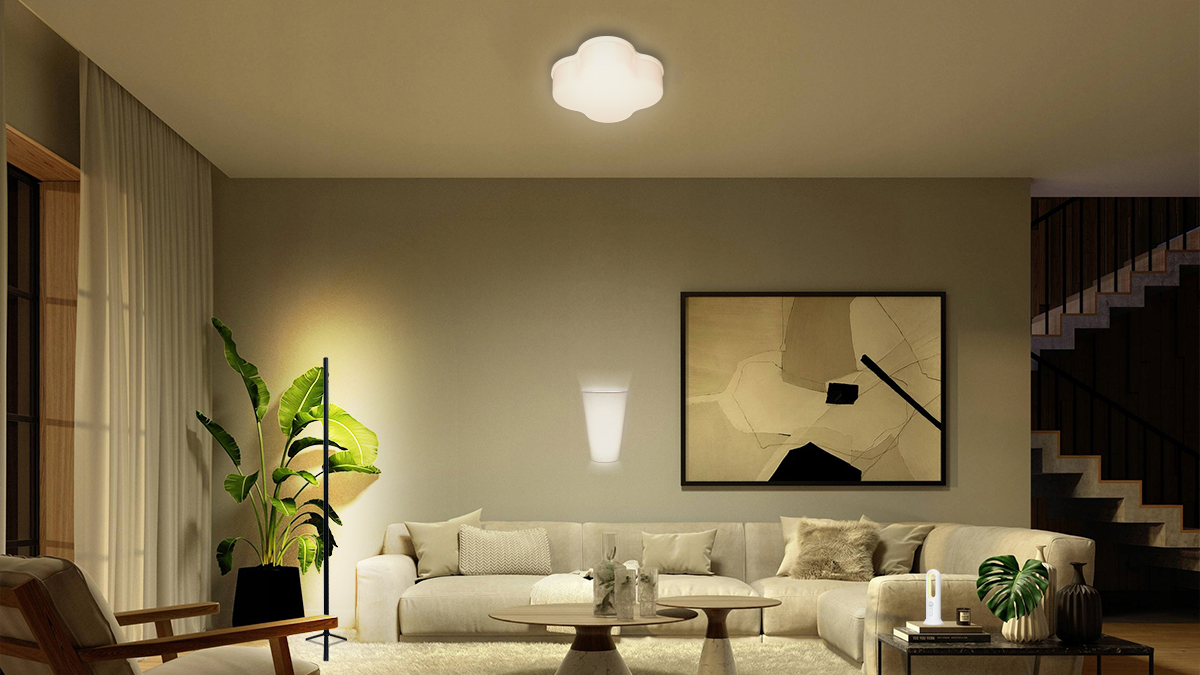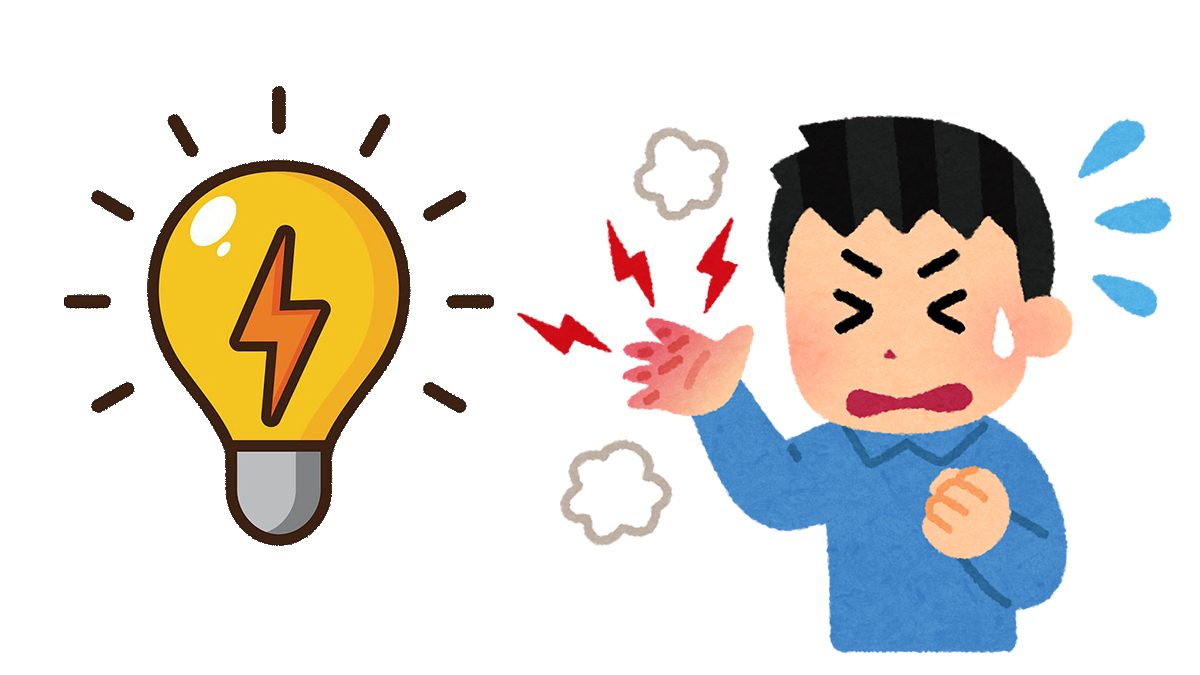Best Light Bulb Wattage for Every Room?
Product Introduction
Best Light Bulb Wattage for Every Room?
Choosing the wrong bulb wattage makes rooms too dark or too bright.
The best light bulb wattage depends on each room’s size, purpose, and lighting needs.
Picking the right wattage can transform how you feel in a space.
What watt bulb is best for room?
Picking the wrong watt bulb can make your room uncomfortable or ineffective.
The ideal bulb wattage for a room depends on its size, purpose, and desired brightness.

Finding the best wattage for a room starts with understanding your goal for that space. A bedroom needs soft lighting to promote rest. A kitchen needs bright lighting for cooking. Choosing a bulb just because it is available or cheap can ruin the entire room’s atmosphere.
How Room Size Affects Bulb Wattage
The bigger the room, the more wattage you usually need. Here is a simple table:
| Room Size | Recommended Total Wattage |
| Small (under 100 sq ft) | 40W–60W |
| Medium (100–200 sq ft) | 60W–100W |
| Large (over 200 sq ft) | 100W–150W |
How Room Purpose Affects Bulb Wattage
Different rooms serve different purposes. Bedrooms and lounges need cozy, soft lighting. Kitchens and offices need bright, direct lighting. Always match the bulb wattage to what you will be doing in the room most of the time.
How Bulb Type Changes Wattage Needs
LED bulbs give more light using less wattage. A 10W LED can be as bright as a 60W old-style bulb. Always check the brightness measured in lumens, not just the watt number.
LOOP_END
LOOP_START
What is the best wattage for a living room light?
Choosing the wrong wattage makes the living room either gloomy or blinding.
The best wattage for living rooms usually ranges between 60W to 100W total, depending on the room’s size.

When I moved into my new apartment, the living room felt cold and dark. I used a 40W bulb because it was what I had. The room looked sad. After upgrading to multiple 60W bulbs through floor and table lamps, the space finally felt warm and welcoming.
How to Layer Lighting in Living Rooms
Living rooms need layers of light. Here is how I think about it:
|
Light Type |
Purpose |
Suggested Wattage |
|
Ambient Light |
General lighting |
60W–80W |
|
Task Light |
Reading, hobbies |
40W–60W |
|
Accent Light |
Decoration, mood |
20W–40W |
Why Dimmers Matter
Installing dimmer switches lets me control the wattage output. Sometimes I want a bright room for cleaning. Sometimes I want a soft glow for watching movies. Dimmers make one room fit many moods without changing bulbs.
LED Equivalents for Living Room Lighting
Modern LEDs confuse many people. A 10W LED can shine like a 60W incandescent bulb. Always check the lumens rating. About 800 lumens match a traditional 60W bulb.
LOOP_END
LOOP_START
Can I use a higher wattage bulb than recommended?
Using a bulb that’s too strong can damage fixtures and cause danger.
No, using a higher wattage bulb than recommended can cause overheating and fire hazards.

One time, I thought a brighter bulb would make my reading nook better. I replaced a 60W recommended bulb with a 100W one. After an hour, the lamp got so hot I burned my hand touching it. It scared me. I learned the hard way why fixture ratings matter.
Why Fixture Ratings Matter
Light fixtures have a maximum wattage rating for a reason. Here is a quick breakdown:
|
Fixture Rating |
Maximum Safe Bulb Wattage |
|
40W |
Use bulbs 40W or less |
|
60W |
Use bulbs 60W or less |
|
100W |
Use bulbs 100W or less |
If you install a bulb above the rated wattage, the wiring inside the fixture can overheat. Plastic parts can melt. Fires can start.
How to Get More Light Safely
If I need more light, I do not increase wattage. Instead, I switch to LEDs. A 10W LED gives the same light as a 60W incandescent bulb but uses less power and stays cooler.
What to Look for on the Bulb Box
Always check two numbers:
- Wattage: How much electricity it uses.
- Lumens: How much light it produces.
By focusing on lumens, I find the brightness I want without overloading my lamps and fixtures.
LOOP_END
Conclusion
Choosing the right wattage improves safety, comfort, and mood in every room.
